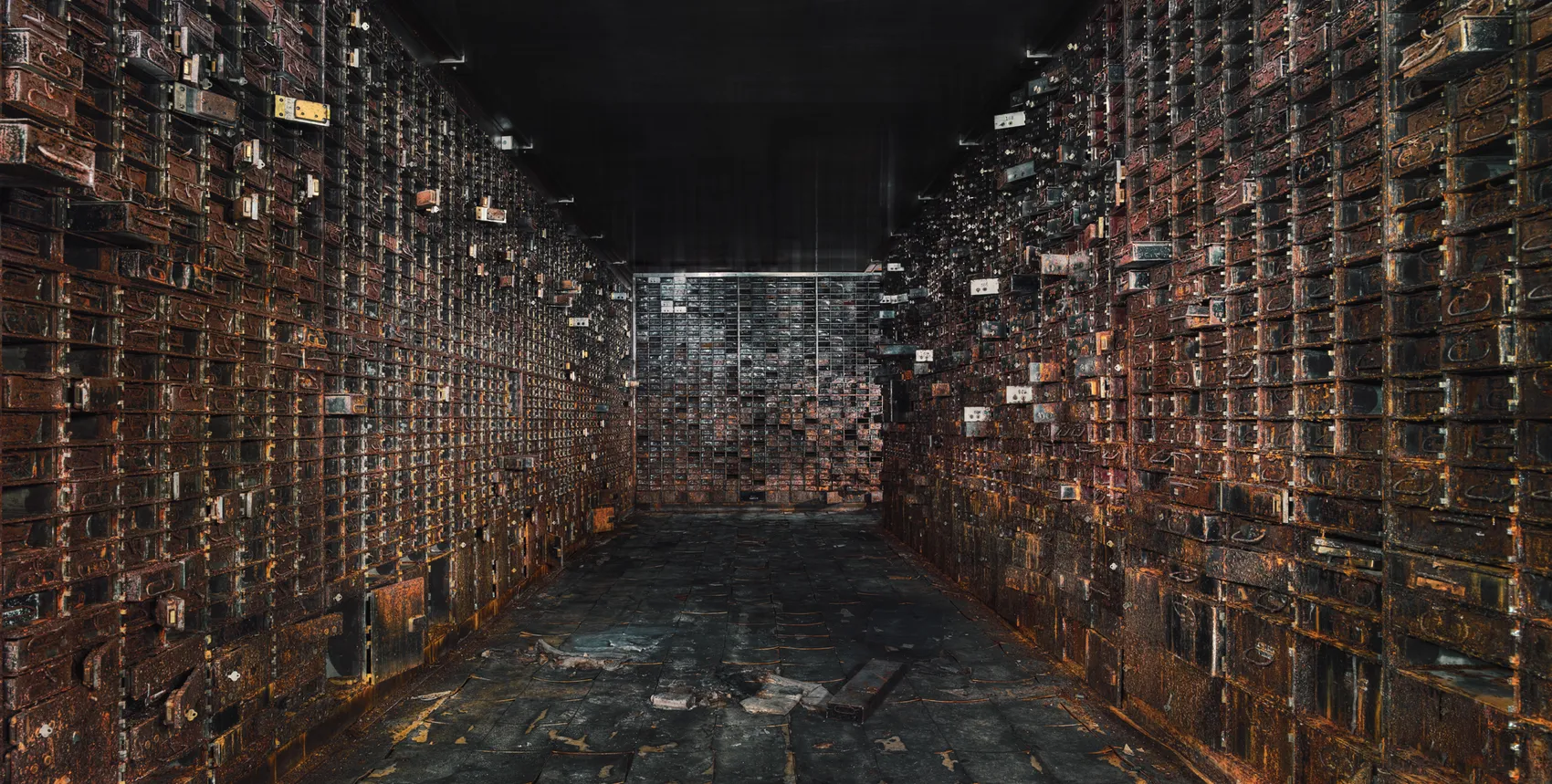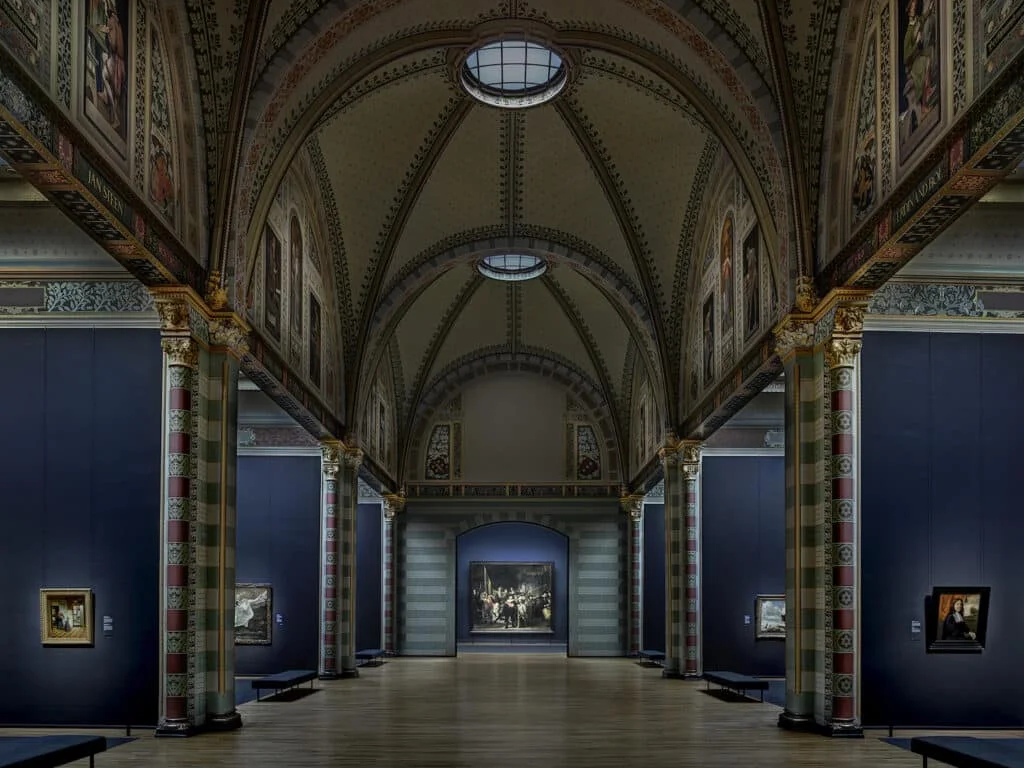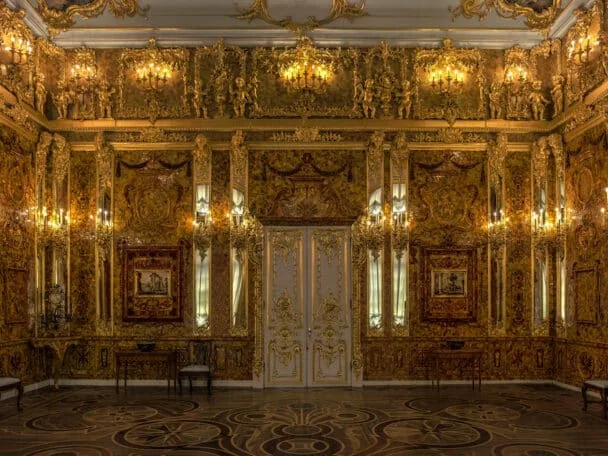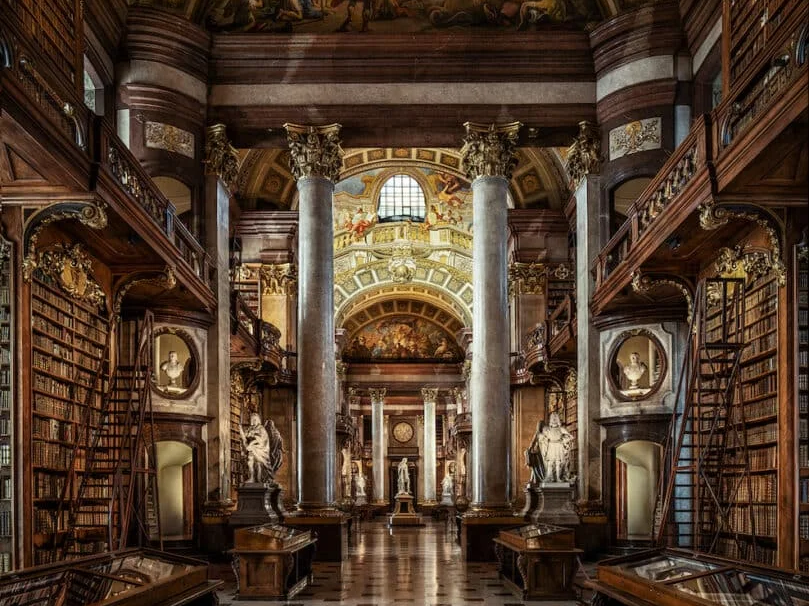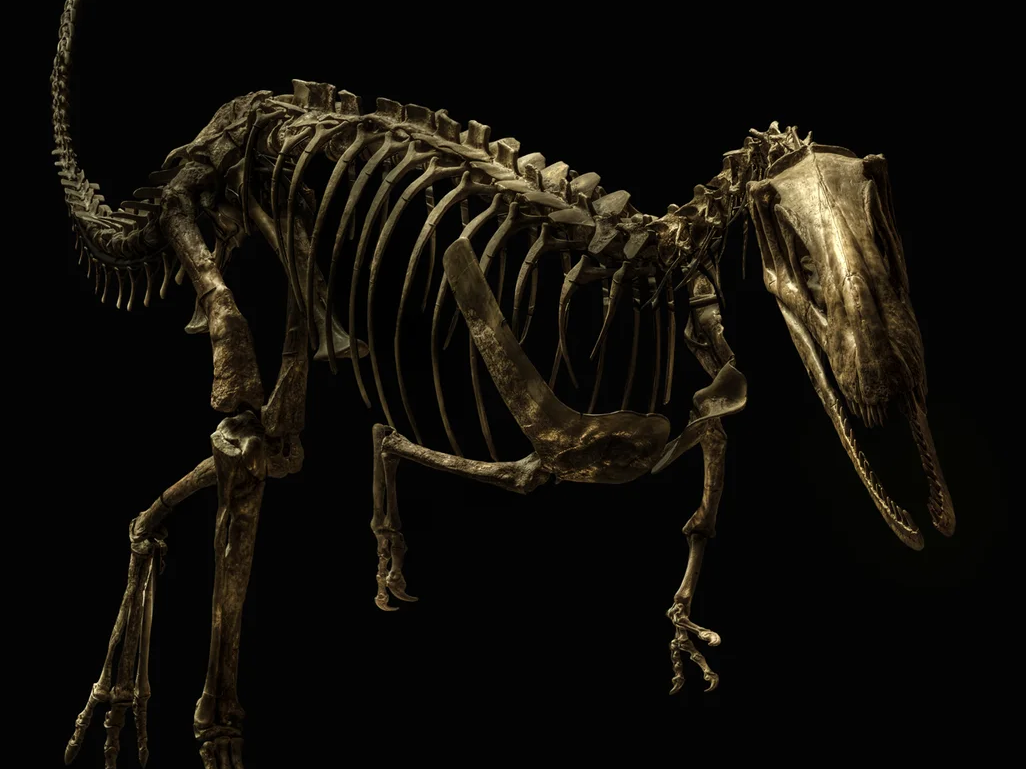Chicago, USA, 2015
This antiquated bank vault in Chicago is both a historical and sociological piece, reminding us about the value that humanity places in materialism. Vaults are intended to keep monetary goods and other valuables safe from theft, unauthorized use, or other threats. Unlike a safe, a vault is integral to the structure in which it is built, and Voigt’s photograph cements this notion. The labyrinthine look of the vault interior draws the viewer in, despite its nature being to keep people at bay.
Banking secrets – An essay about the vault series by Christian Voigt
In the ‘Golden Twenties’, the vaults of the Mid-City Trust and Savings Bank on Chicago’s Near West Side must inevitably have harboured a fair quantity of dirty dollars. Following an extension in the year 1928, the bank shone out as a modern cathedral of high finance, with a light-bathed foyer redolent of power and money. It experienced its best days in the period when America was discovering the consumer culture, and nobody suspected that the Depression was just around the corner. Chicago shifted into the heady rhythm of jazz and the blues. Louis Armstrong was playing the country’s most advanced music in Chicago, and on Saturday evening crowds avid for entertainment flocked to legendary dance halls like the Aragon. Life was overblown and intoxicating, like one of Louis’s trumpet extravaganzas.
And it could be dangerous as well. Prohibition was in force between 1920 and 1933, and the smoky basement bar next door was open for illegal alcohol consumption on a daily basis. Irish and Italian gangs fought to the death for a market share of the enormously profitable bootlegging business. Al Capone, the best known of all Chicago’s hoodlums, was now the secret boss of the city. He actually popularised the term ‘money laundering’, when he invested his gigantic illegal takings in washeterias. So there must have been a whole lot of dirty money in circulation, and plenty of it will have ended up in the vaults of the Mid-City Bank. Half the city police took bribes from Capone’s underlings, and his backhanders made politicians and officials, up to and including the Mayor, bend to his bidding. Places like the Mid-City neighbourhood bank were universal clearing houses, bringing together members of the Socialist Party (which had its headquarters in the same building), local vegetable dealers and no doubt a fair number of gangsters eager to stow their bootlegging profits in the bank’s lockers.
Today the bank is no more. The original deposit boxes of the former vault, which Christian Voigt has copied in his monumental ‘Safe’, now contain nothing but rust and recollections of a former era. The original box – this simple metal container from the vault of the Mid-City Bank – would seem to be all that remains from those golden years. Entering the former vault of the decommissioned financial institute, the artist finds religious symbolism coming to mind. ‘The space is comparable with a Christian tabernacle – this is where in the old days they celebrated money as if it were a religion,’ says Christian Voigt. ‘Behind every deposit box there lurks a mysterious secret, a philosophy of moneymaking and accumulation and more than a few shady stories.’
Isn’t our whole idea of the past sometimes a bit like a room full of lockers? Each door conceals a little black box full of hidden recollections. Memory itself is a bank containing our most precious treasures and sinister secrets – all we have lived through in the way of experiences and emotions. With the right key, the right kind of access, this closely guarded world might open up to us and surrender the secrets it holds.
Lightjet Exposure on High Glossy Paper, Alu Dibond | Distance Frame, Tulipwood, Lacquered Matt Black, Museum Glass
-
Framed: 54.33" x 98.43" in (138 x 250 cm) - Edition of 12
We ship worldwide and use a multitude of providers to safely deliver your artwork. Domestic delivery and installation may also be available via Hilton Contemporary’s private art shuttle. Please inquire.

